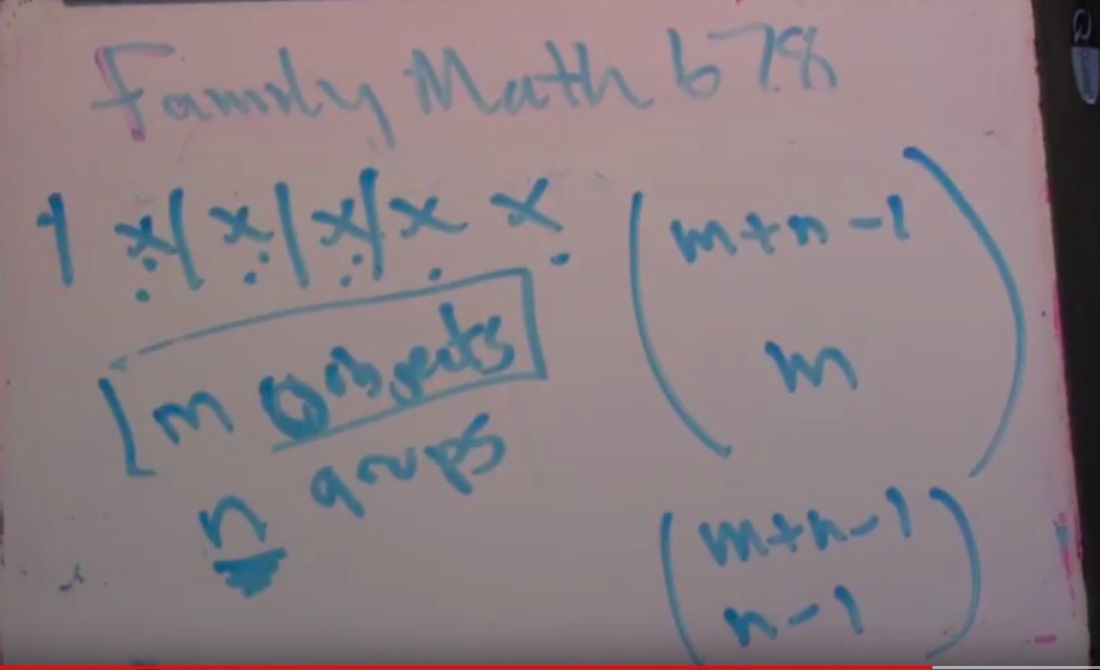Saw this problem from the 2019 EGMO last week and though it would be a great one to share with kids:

My older son was working on something else tonight, so I talked through the problem with my younger son (he’s in 7th grade). The aim of the project tonight was not to solve the problem, but just to have him play around with a few simple cases and see if he could take a guess at the answer.
I started by just sharing the problem and making sure he understood the ideas and the constraints:
Having looked at the 2×2 case in the prior video, we moved on to the 4×4 case in this video. He had some pretty interesting ideas about how to check if we’d found the maximum number of dominoes:
Now that we’d satisfied ourselves with the 4×4 case, we moved to the 6×6 case. This case is a little harder, but still accessible to kids. Here’s his first attempt at a solution – the trouble is that we weren’t sure if it used the maximum number of dominoes:
It took a bit more experimenting to see that we’d used the most dominoes we could in the last video, and you can see him starting to understand some of the patterns in the problem as he experiments.
By the end of this video he guessed that the maximum number for the 8×8 grid would be 10.
The final challenge was an 8×8 grid. In the first attempt at filling in the board with dominoes we kept getting stuck – but his thoughts about the problem are very interesting:
With one more try through the 8×8 board we were able to fit 10 – yay!
This is a great problem to share with kids. Again, even if they can’t get all the way to understanding the general solution, there are plenty of things they can play with and understand – and also tons of ways to approach the problem!















